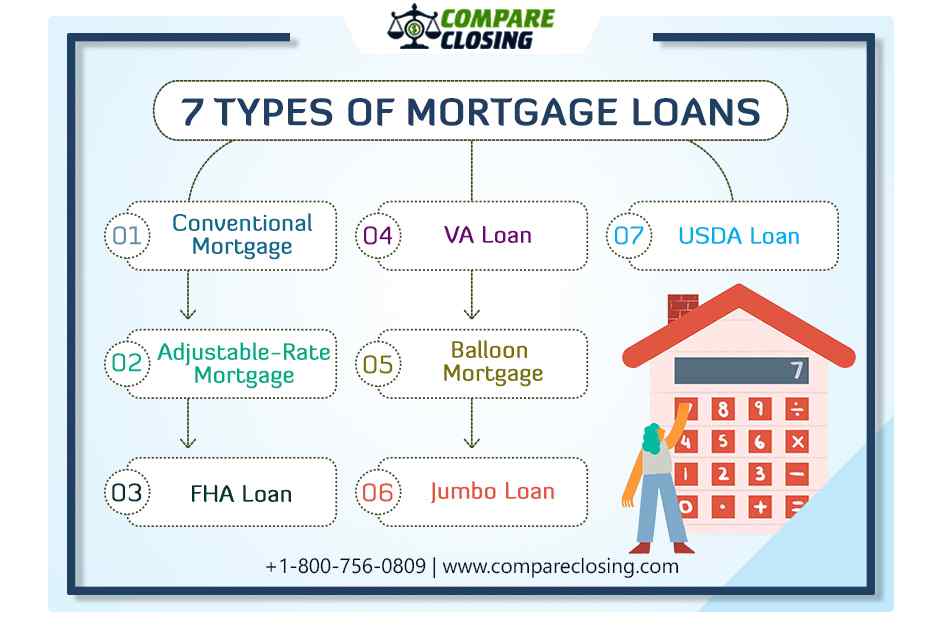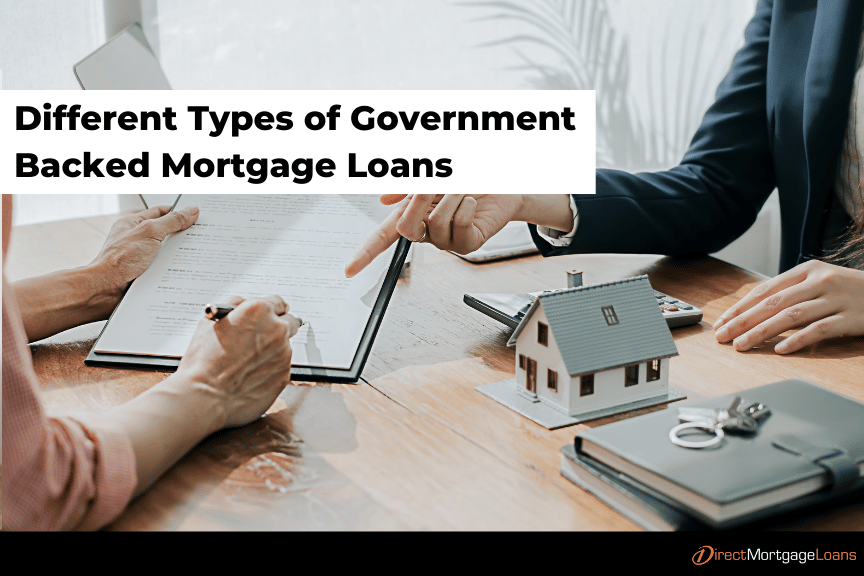A Complete Overview of Conventional Mortgage Loans for First-Time Customers
A Complete Overview of Conventional Mortgage Loans for First-Time Customers
Blog Article
The Essential Variables to Think About When Picking Between Fixed-Rate and Variable-rate Mortgage Finances
When examining home loan options, borrowers face an essential decision in between adjustable-rate and fixed-rate finances, each providing distinct advantages and potential challenges. Trick factors to consider such as rate of interest stability, predictability in monthly repayments, and the ramifications of prospective rate adjustments can dramatically influence long-lasting financial wellness. Comprehending the awaited period of homeownership and the overall expense of borrowing can shape one's technique. As these elements link with individual economic circumstances and take the chance of tolerance, the implications of this selection may not be as uncomplicated as they appear. What subtleties should be prioritized in this critical decision-making process?
Passion Price Security
When selecting a home mortgage, recognizing passion rate security is crucial for educated decision-making. Passion rates can considerably impact the general price of a mortgage, and acknowledging the nature of these prices is essential for customers.
On the various other hand, adjustable-rate home loans (ARMs) start with lower first prices that may alter regularly based on market problems. While this can lead to reduced repayments initially, it likewise presents uncertainty, as consumers might encounter increased repayments if rate of interest climb. For those thinking about an ARM, it is important to assess the probability of rate changes, the capacity for payment boosts, and the length of the initial fixed-rate period.
Ultimately, the selection between adjustable-rate and fixed-rate mortgages depends upon individual threat tolerance and financial scenarios. Recognizing rate of interest stability assists customers make notified choices that align with their long-lasting monetary goals.
Regular Monthly Payment Predictability
While customers commonly focus on rate of interest stability, the predictability of regular monthly payments is equally vital in the home mortgage choice process (Conventional mortgage loans). Month-to-month payment predictability plays a crucial function in budgeting and financial planning, as it straight affects a homeowner's capital and total monetary wellness
Fixed-rate mortgages provide a constant month-to-month settlement throughout the life of the loan, permitting consumers to prepare for and plan their expenses efficiently. This stability can be particularly useful for first-time property buyers or those on a set revenue, as it removes the uncertainty related to changing repayments.
Conversely, variable-rate mortgages (ARMs) generally feature lower initial repayments that can change with time, resulting in possible irregularity in month-to-month responsibilities. While initially attractive, this unpredictability can make complex monetary planning, especially if debtors do not account for future price changes.
Possible Price Changes
In the world of variable-rate mortgages (ARMs), possible price changes stand for a substantial factor that consumers need to meticulously think about. Unlike fixed-rate home loans, where the rate of interest remains unmodified for the life of the loan, ARMs are characterized by rising and fall rates of interest that are linked to market indices. This irregularity can result in considerable adjustments in regular monthly repayments, affecting the borrower's monetary preparation and budgeting.
Usually, ARMs have a first fixed-rate period throughout which the rates of interest is stable. After this period, nevertheless, the rate readjusts at fixed Homepage intervals-- commonly yearly. Borrowers need to be aware of the margin and index utilized to determine these adjustments, as they straight influence future passion rates. In addition, ARMs typically include caps that restrict just how much the rate of interest can increase at each adjustment and over the life of the financing, which can provide some level of defense against drastic price walks.
Comprehending these potential modifications is critical for borrowers, as they directly impact long-lasting repayment obligations. For that reason, assessing personal financial scenarios and risk resistance is necessary when choosing whether an ARM lines up with one's monetary goals.
Financing Term Considerations
Funding term considerations play an essential function in the decision-making process for customers choosing in between fixed-rate and adjustable-rate home mortgages. The size of the loan term considerably affects regular monthly settlements, rate of interest prices, and general financial preparation.

Inevitably, consumers should analyze their individual conditions, financial goals, and market problems when evaluating the ramifications of lending term selections within each mortgage type.

General Cost of Loaning
The general price of borrowing is an important element that can substantially affect a borrower's option between adjustable-rate and fixed-rate home mortgages. Fixed-rate home mortgages provide foreseeable regular monthly repayments, as the interest rate continues to be consistent throughout the funding term. This predictability can cause reduced overall prices, specifically in a stable or declining interest rate environment. Consumers can budget plan effectively, knowing their settlements will certainly not fluctuate.
Alternatively, adjustable-rate mortgages (ARMs) commonly begin with lower first prices, resulting in minimized upfront expenses. However, these rates can enhance after an initial duration, causing possibly higher long-term expenses. Borrowers need to think about the frequency and level of rate adjustments, as well as the total lending duration, to precisely assess the monetary implications.
Furthermore, the general expense of loaning incorporates not only interest prices however additionally charges and various other connected expenses, such as closing costs and insurance (Conventional mortgage loans). Consequently, when examining home loan alternatives, customers should carry out an extensive price evaluation over the life of the car loan. By doing so, they can make an enlightened decision that straightens with their economic goals and run my response the risk of tolerance
Conclusion
In conclusion, picking in between adjustable-rate and fixed-rate mortgage finances demands careful consideration of a number of important factors. Interest rate stability and monthly repayment predictability are vital for efficient budgeting, while the potential for rate changes in ARMs introduces financial unpredictability. In addition, the anticipated duration of homeownership and the general expense of loaning, consisting of rate of interest rates and associated charges, must align with individual economic situations and risk tolerance. Such a thorough evaluation will assist in educated decision-making in home loan choice.
Secret considerations such as rate of interest rate stability, predictability in regular monthly payments, and the effects of potential price modifications can significantly influence long-lasting monetary wellness. Passion prices can significantly affect the overall price of a home loan, and acknowledging the nature of these prices is necessary for borrowers. Unlike fixed-rate home loans, where the interest price continues to be unmodified for the life of the finance, ARMs are identified by varying interest prices that are connected to market indices. Additionally, ARMs frequently consist of caps that limit how a lot the interest rate can raise at each adjustment and over the life of the lending, which can give some degree of defense versus drastic price walks.
Passion price stability and monthly settlement predictability are critical for efficient budgeting, while the possibility for price changes in ARMs introduces economic unpredictability.
Report this page